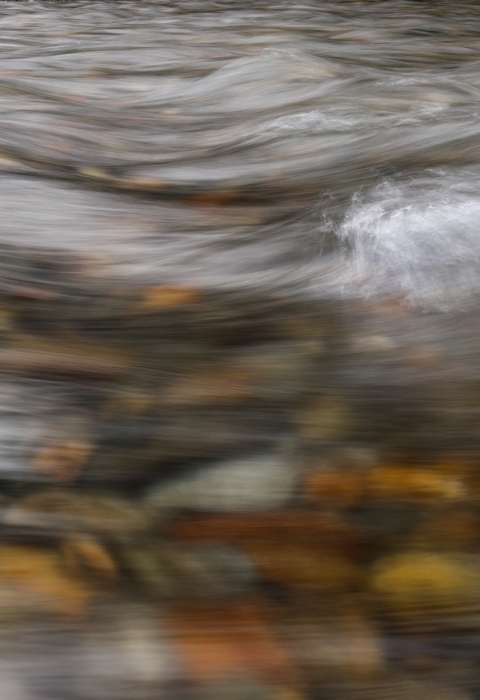Q. What action is the Service taking?
The Service is withdrawing a proposal to list the pyramid pigtoe freshwater mussel as threatened under the Endangered Species Act.
Q. Why is the Service withdrawing this proposal?
The pyramid pigtoe and far more common round pigtoe were previously considered separate species within the mussel genus Pleurobema. Mussels within this genus have long been notoriously hard to differentiate based on physical features, owing to the wide amount of variation in individual appearance and very similar shell characteristics. Additionally, the two had large, overlapping ranges in the Mississippi River basin. Whether the pyramid pigtoe is a distinct species has been a matter of debate for several years, based on shell shape and mitochondrial DNA. Consideration for protection under the Endangered Species Act triggered a deeper, more comprehensive look at the species question which has provided the definitive answer that the pyramid pigtoe is not a distinct species.
Q. How was this determination reached?
Species identification of pyramid pigtoe and round pigtoe, as well as between other related species, was challenging due to physical similarity between species and the wide variety in the appearance of individuals. Recent genetic studies led researchers to suggest that the pyramid pigtoe and the round pigtoe may be the same species, although species experts continued to support recognition of the pyramid pigtoe as a valid species. Led by Dr. Nathan Johnson of the U.S. Geological Survey, a team of biologists set out to provide a definitive answer by expanding on past research in two important areas.
First, they looked at specimens from across the range of the two species, whereas previous research had only looked at individuals co-occurring in limited portions of the overlapping range. Secondly, they used newer molecular tools and took a more in-depth approach to their genetic research than past studies, this time looking again at mitochondrial DNA, but also evaluating genetic differences using nuclear DNA sequences and a suite of other genetic markers distributed across the whole genome to look for patterns across all genes. Once the lab work was complete, they were unable to differentiate the two species based on mitochondrial DNA, nuclear DNA, or advanced genetic sequencing, leading to the determination that the two mussels are the same species - the relatively common round pigtoe.
Q. Where can I read this latest research?
The paper describing the research and its results was published in the January, 2024 issue of Oxford University Press’s Journal of Heredity.
Q. Where can I get information on this decision?
The full text of the decision will be available online at the Federal eRulemaking portal, www.regulations.gov, on March 26, 2024 under docket number FWS-R4-ES-2021-0092.




